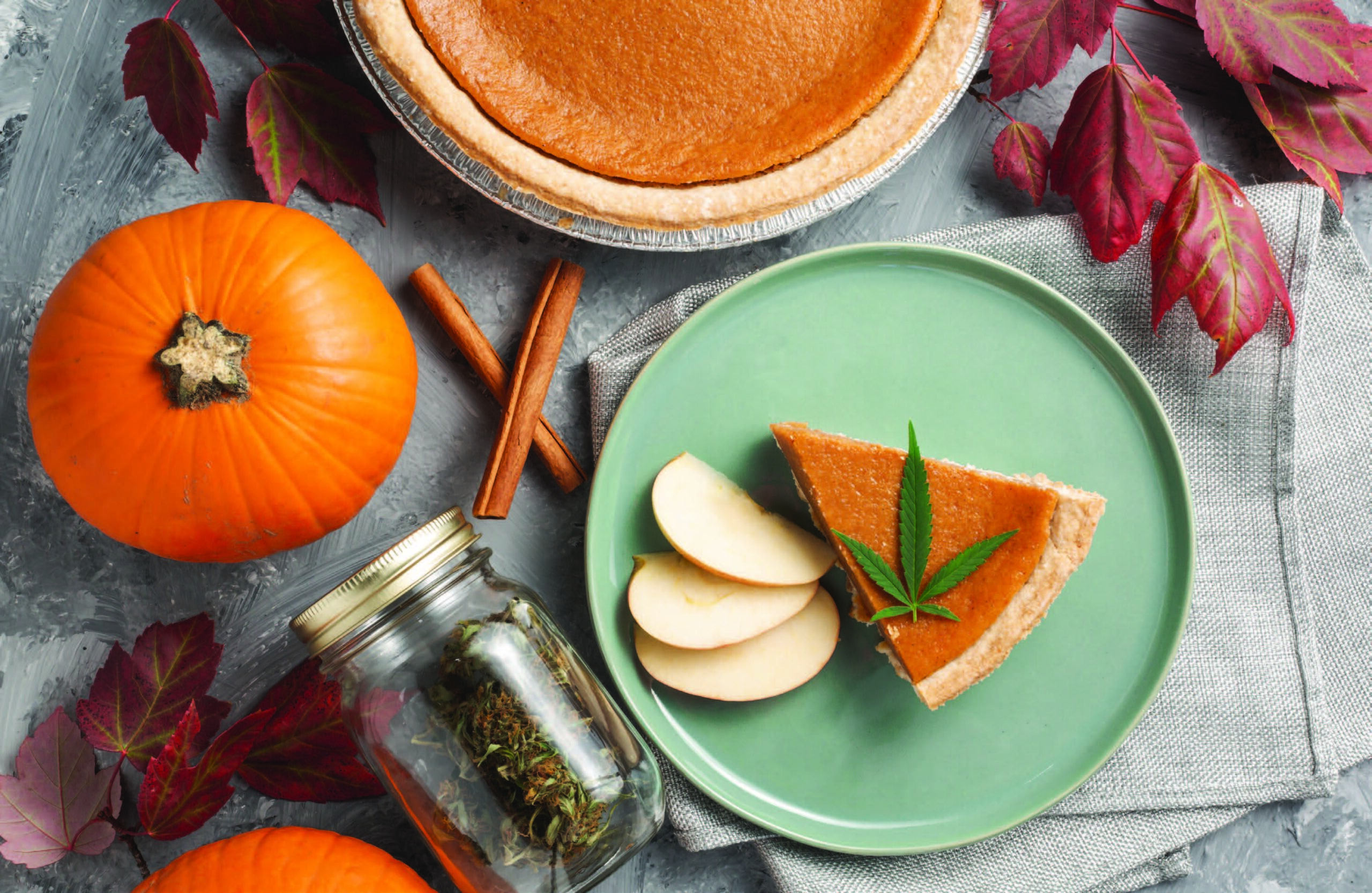I’ve spent most of my career as a brewing professional trying my damnedest to get the beer from the fermentor into the finished can or keg free of infection or off flavor, to smell and taste and amazing, to have excellent carbonation and foamy head, and for the beer to be as bright as possible when the style called for it. Until now. There is a lot of hubbub and talk of the “New England IPA” a variation on the IPA that is probably the least understood by the consumer, more divisive to the brewer, and a wet dream to the marketing/sales people looking to sell another IPA.
In a nutshell, the New England IPA is a hazy, more “juicy” version of the West Coast IPA, which is usually bright, piney, resinous and citrusy. To understand the nuances in the difference, you have to follow the evolution of the IPA once it was rediscovered by American craft brewers. Once rediscovered, the style spread coast to coast, but little outposts of brewers doing their own thing kept variety in the style. That it became the single most popular style of craft beer made it a little more homogeneous, especially because of a big push from the West Coast – Stone, Sierra Nevada, Rogue, Lagunitas, etc – with their big Pacific Northwest hops and more focus on IBUs than on actual flavor. All along, those outposts of originality persisted, these little breweries doing their own thing in the face of this wave of Western expansion, started giving the American drinking public the best IPAs, most notably, Heady Topper, a double IPA from Vermont’s The Alchemist brewery. It regularly receives perfect scores and is considered one of the best beers in the world.
The way Heady Topper achieves this result is by shifting all of the hop additions to very late in the boil, meaning there is less bitterness, fewer IBUs, and more flavor and aroma. They also – and this is a technical term – dry hop the shit out of the beer. Dry hopping itself is done in lots of ways, but in the case of most of these beers, the hops are added and they are recirculated throughout the vessel over the course of a couple of days. This results in even more aroma and flavors and it results in a persistent haze from the oils and proteins in the hops themselves.
Now that this style of beer is so well received, it’s being emulated. There’s a wave of hazey, super juicy IPAs flowing back across the states. Breweries brag about how juicy they are. How flavorful. Instead of fighting for more IBUs, they point toward the haze as a sign of quality. Some are making great beers and some are short-cutting the process. Instead of using just hops for the juicy characteristics, they may substitute fruits, extracts and spices. Instead of excessive dry hopping in order to get haze, they don’t cold condition, they rouse the yeast before packaging or serving or they even add flour to the wort. Sure, these are ways of emulating a hop haze, but they do little to add flavor and are not as shelf-stable. If you taste these beers over a few weeks, the flavors drop off precipitously. The coveted haze becomes sludge or neutrally buoyant particles.
This push to emulate is actually putting out bad beer. It’s not bad because I’m an old school dude: I once brewed a lemon-berry saison called Purple Rain that looked like it was made out of purple mud with a little bubble bath for head. I’m not against new or different. Change is good. Challenging established techniques and styles is what makes craft so punk rock and awesome to be a part of. What bothers me is the short-sightedness. Brewing a beer that lasts a few weeks, even in prime storage conditions seems antithetical to all of beer. Beer is what got us across the oceans because it lasted longer than water. Beer shouldn’t be like a bowl of cereal that one must devour before it turns to mush.
But on the other side, beer that diminishes ads some temporality and makes it more artistic in a way. It also encourages drinking the beer faster, and I’m all for that.
Robert Alan Wendeborn is a former cellar operator at Ska Brewing and current lead cellar operator at Tin Roof Brewing in Baton Rouge, Louisiana.













